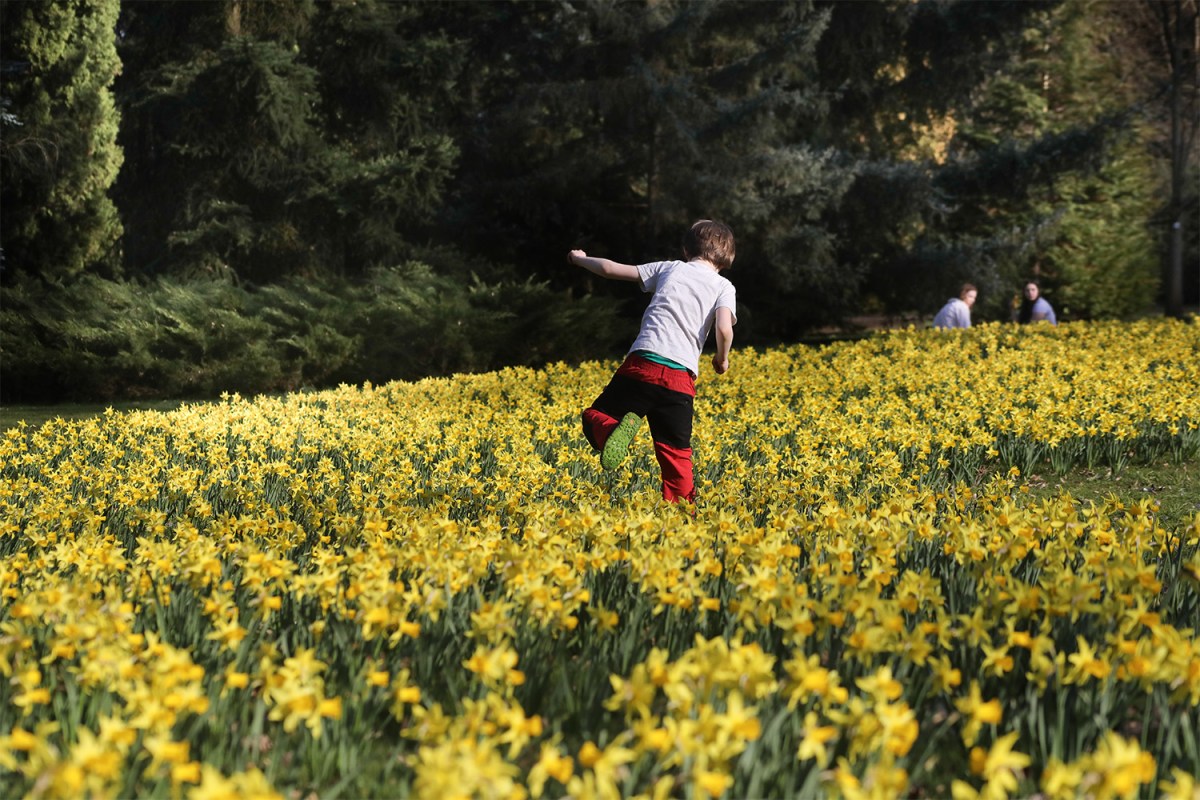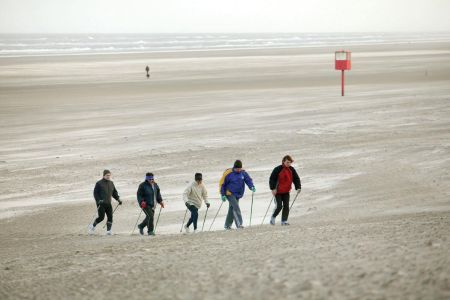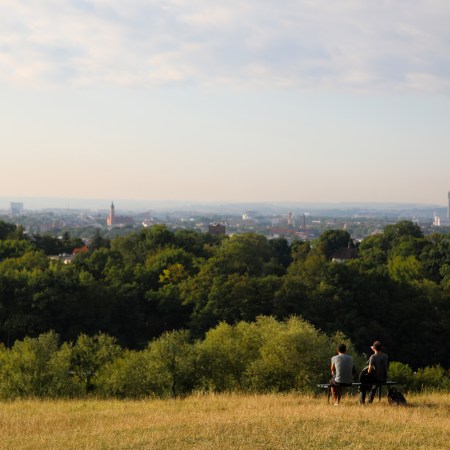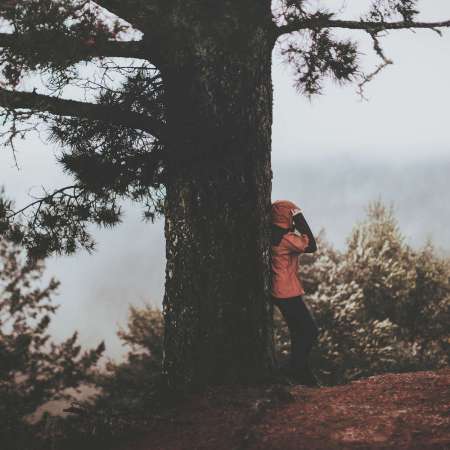On New Year’s Eve, the Instagram account @1000hoursoutside posted a graphic titled FOR THOSE WITH HARSH WINTERS, featuring an illustration of a buck and a detailed list. The list prescribes a certain length of time to spend outside for each month of the year. In January and February, you should average one hour a day. That’ll fetch you 31 and 29 hours outside, respectively. Later in the year, in June and July, you should aim to average five hours a day. June will yield 150 hours outside, while July’s the ultimate monster: 155 full hours.
The grand idea, as the name of the Michigan-based nonprofit suggests, is for an individual to rack up 1,000 outdoor hours by the end of a calendar year. Why 1,000? Isn’t that a little arbitrary? Are there actual benefits to spending that much time outside? And why are some people so angry on the account’s social media pages? All good questions all. We dive into it below.
How Many Minutes Per Day Should You Spend Outside During Winter?
Plus, lessons from a Norwegian town well north of the Arctic CircleThe 1,000 Hours Mission
1000 Hours Outside was founded by Ginny Yurich, a former math teacher who lives in Southeastern Michigan with her husband, Josh, and their five children (all of whom are currently under the age of 12). Since the beginning, Yurich’s organization has primarily focused on getting children outside. On the 1000 Hours website, she describes a lightbulb moment five years ago, when she and her husband started to wonder why they so rarely saw young people exploring the outdoors. County parks, campsites, even cityscapes — they were nowhere to be found. The kids were not alright.
Yurich steadily became a “free play advocate” online, preaching the virtues of more time outside (and less time on screens, critically) for juvenile development. Her mission’s hourly aspect crystallized after she discovered the writings of Charlotte Mason, a turn-of-the-20th-century British educator, who argued that children should spend four to six hours outside each day.
If someone actually spent that amount of time outside, they’d spend between 1,460 and 2,190 hours outside per year. The Yurichs found that prospect outlandish. Who has the time? Plus, Michigan’s winter days are short and hardy. Instead, they imagined spreading out Mason’s allotment over the course of the week and maximizing the months that made the most sense. One thousand hours seemed doable.
An Inevitable Backlash
The concept has clearly struck a chord online — for both adults with kids and those without. The organization’s Instagram page is closing in on 700,000 followers, while the 1000 Hours Outside app currently has the top spot in the Apple Store’s paid Lifestyle category. (It’s $4 and offers additional in-app purchases.)
Devotees of the 1000 Hours gospel can track their hours in the app while downloading free “tracker sheets” from the website. Think: mountain ranges, anthropomorphic clouds and leaf fractals, which little ones can color in over time to keep track of their hours spent outdoors.
Most social media commentary on 1000 Hours’s posts is positive. Followers thank Yurich for her work and report their progress. One account recently wrote: “We logged 500+ hours, and I feel pretty good about it, we started later in the year and had a few months when I didn’t track because of dealing with grief. I don’t see not reaching 1000 as a failure, I see the time we did spend outside as a gift.”
Another shared: “Last year was our third attempt, first year with your app and we rocked it. It was absolutely life changing. We reached a 1000 hours October 3rd! We stopped logging at that point but the boys didn’t stop making sure they got outside everyday. We started logging again January 1st for this year. We definitely have new habits.”
Still, others seem upset with the movement, calling the goal unreasonable or exclusive to those who are “unemployed” or “independently wealthy.” One user wrote: “We tried so hard but 4 and 5 hours a day just isn’t possible…”
At the End of the Day
Do the naysayers have a point? Sure, 1,000 hours is a lot. But so is 1,460 hours. In an ironic (and depressing) twist, today’s eight to 12-year-olds actually spend at least four hours a day on screens, per the American Academy of Child and Adolescent Psychiatry. Perhaps some of that is related to school stuff, like learning to type, playing language games, watching educational videos.
But we all know that most of it isn’t. The cadence only gets worse as kids age, too. Teens have been clocked at up to nine hours. That’s 3,285 hours on screens per year, or 137 days. Is it such a surprise that young adult anxiety and depressive symptoms are on the rise? Trees and clouds aren’t a silver bullet, but they offer a recharge of sorts to kids who badly need one.
Remember: nature boosts creativity, nature boosts mood and nature boosts attention span. Free play is worthy in its own right (it’s lots of fun) and watching the sunset is, too (I’m a proud opacarophile). But kids need to be reminded of these things — they need to be steered toward them, by adults who make them a priority.
This isn’t easy. Your boss wants you inside by the computer. Crazy weather compels you to stay inside on the couch. It’s easier to order food than ever. Yadda yadda yadda. Know that it will always feel better to have gotten outside a few times a day (in winter, even just once). Shoot for 1,000 hours, don’t sweat it if you fall hundreds of hours short. Your kids will catch the healthiest kind of fever along the way — the cabin kind. It lasts a lifetime.
The Charge will help you move better, think clearer and stay in the game longer. Subscribe to our wellness newsletter today.


























